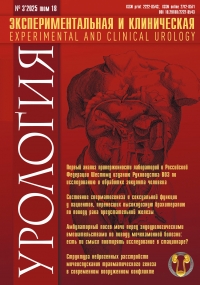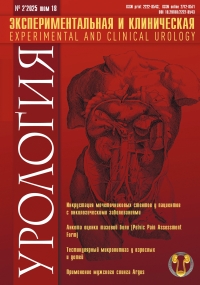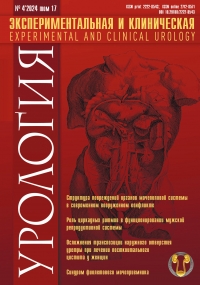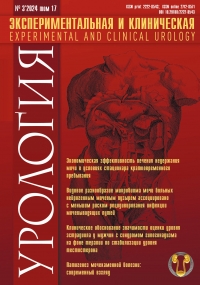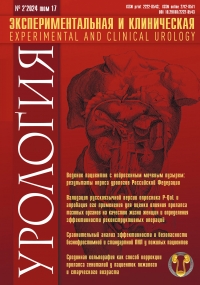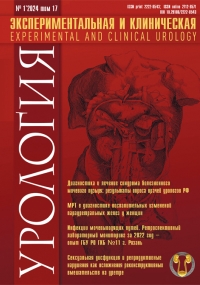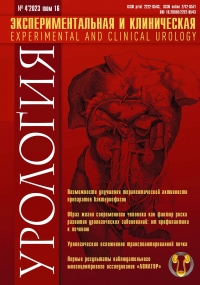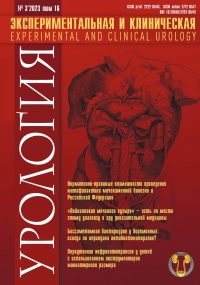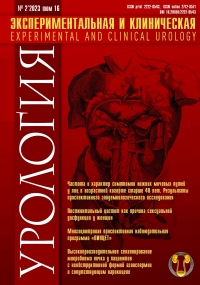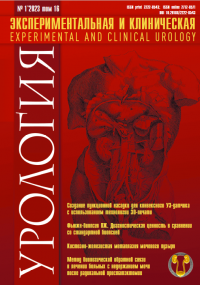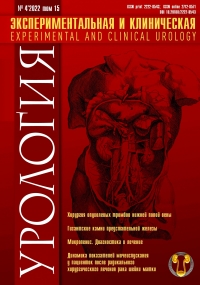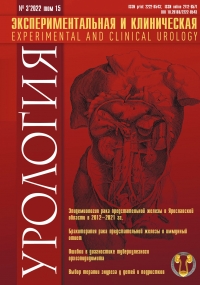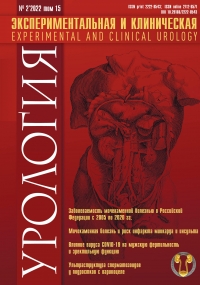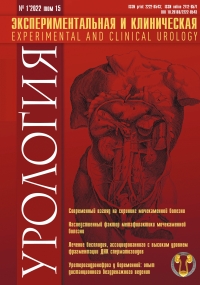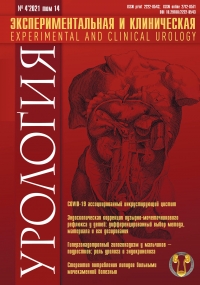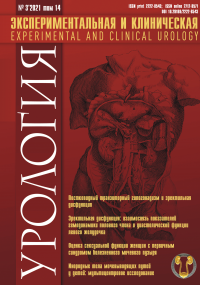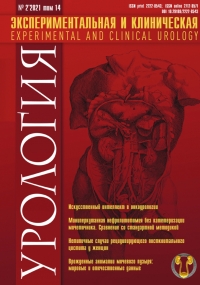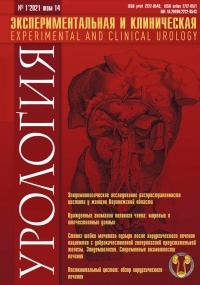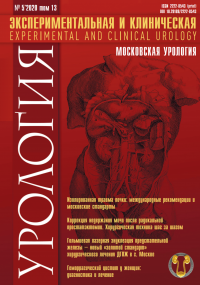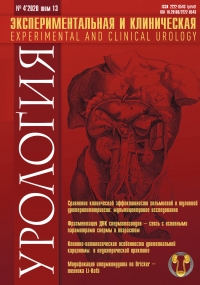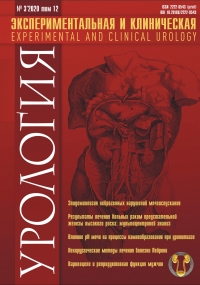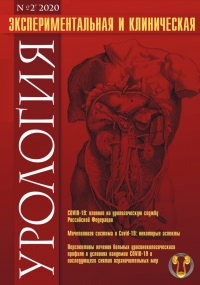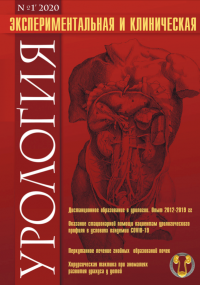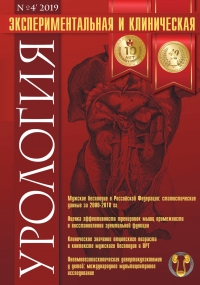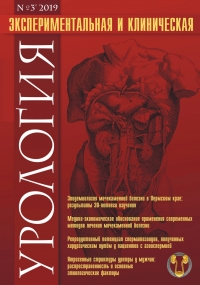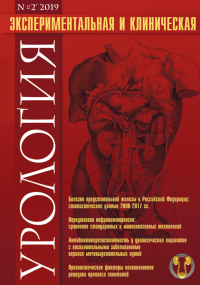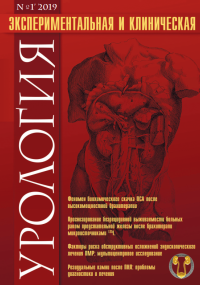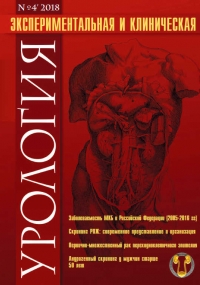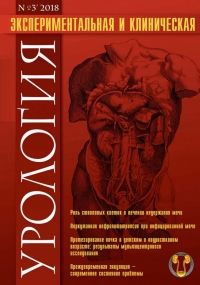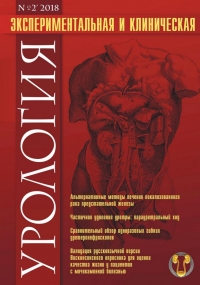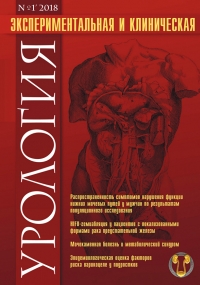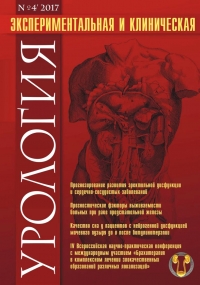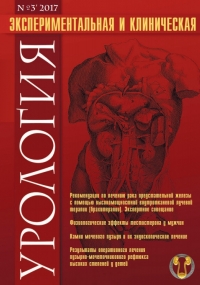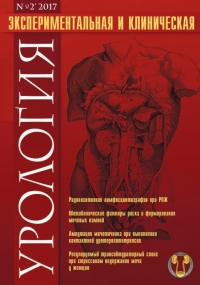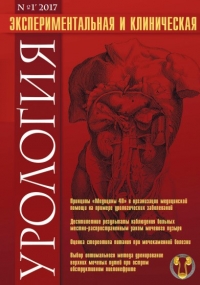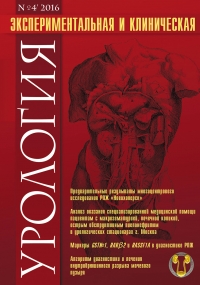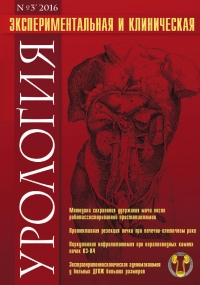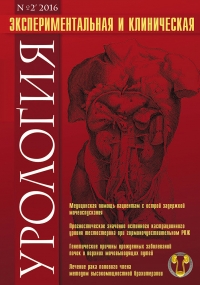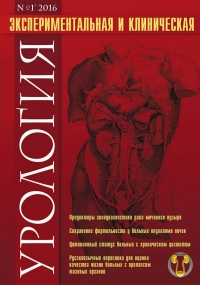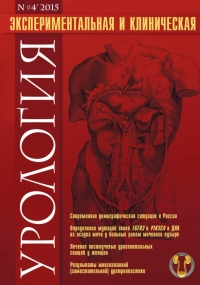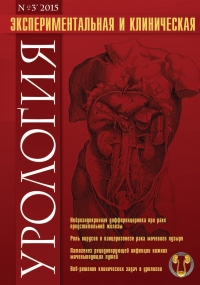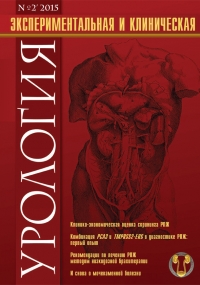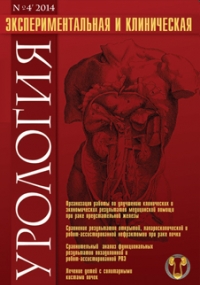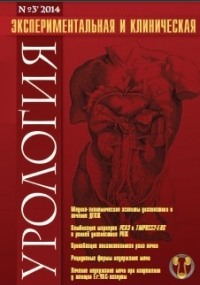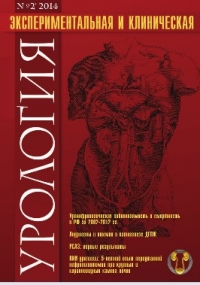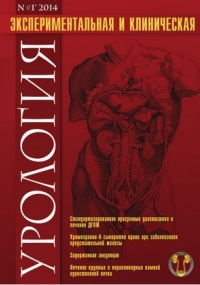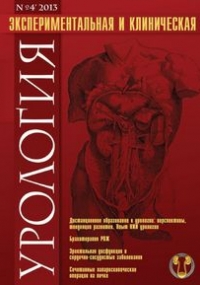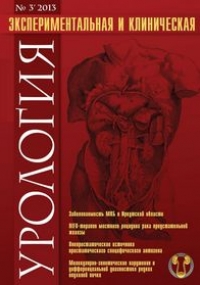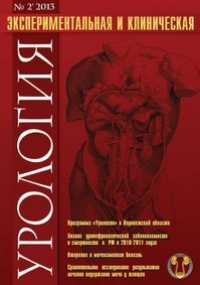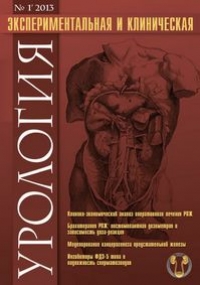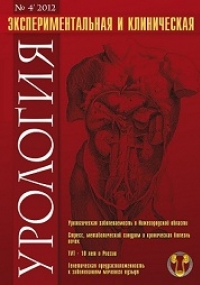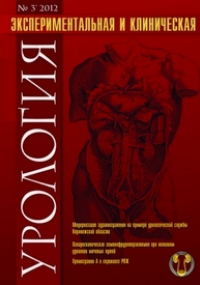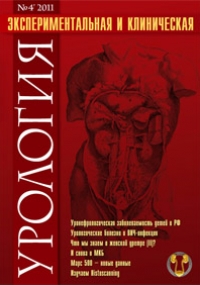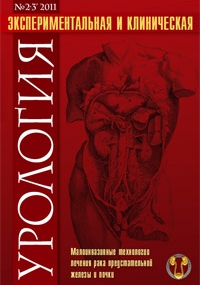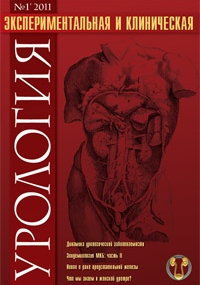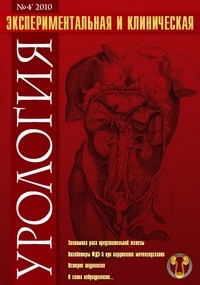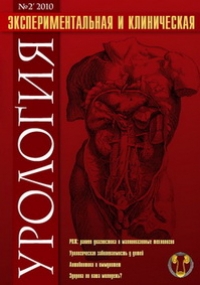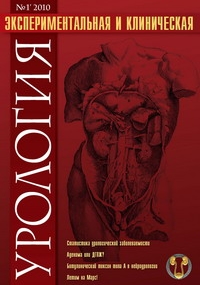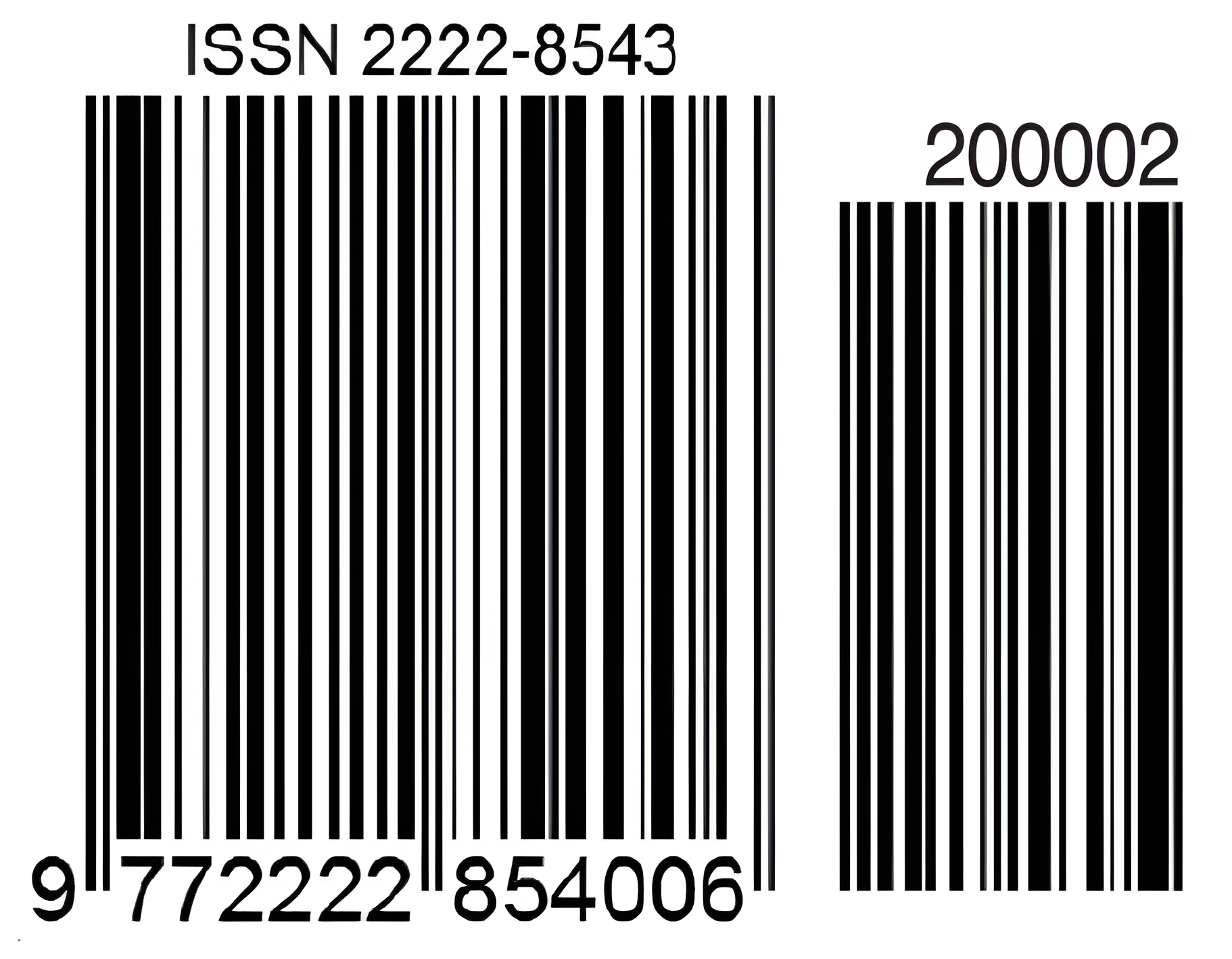Testosterone deficiency and lower urinary tract symptoms in men DOI: 10.29188/2222-8543-2024-17-4-100-107
- Grekov E.A. – urologist-andrologist, endocrinologist, Chief Physician of the Hormone Life Clinic; Moscow, Russia; RSCI Author ID 705263
- Kazachenko A.V.– Dr. Sci., Deputy Director for Medical Work of N. Lopatkin Scientific Research Institute of Urology and Interventional Radiology - Branch of the National Medical Research Centre of Radiology of the Ministry of Health of Russian Federation;Professor of the Department of Urology and Operative Nephrology with a course of oncourology of RUDN university; Moscow, Russia; RSCI Author ID 334714, https://orcid.org/0000-0003-3198-5933
- Kalinchenko S.Yu. – Head of the Department of Endocrinology with the course of Holis- tic Medicine of the Faculty of Continuing Medical Education of the Medical Institute of RUDN, Doctor of Medical Sciences, Professor; Moscow, Russia; RSCI Author ID 553461, https://orcid.org/0000-0002-4873-667X
 598
598 Introduction. All epidemiological studies show that with aging in men, testosterone secretion gradually decreases, while the incidence of LUTS (Lower Urinary Tract Syndrom) increases with age, which also confirms the important role of age-related testosterone deficiency in the pathogenesis of LUTS in men. However, there are clearly not enough works in the modern scientific literature on the relationship between testosterone deficiency and LUTS in men, which was the reason for conducting this study. The purpose of the study is to study the frequency of testosterone deficiency (hypogonadism) in men with LUTS and to identify possible relationships between them.
The aim. Study the frequency of testosterone deficiency (hypogonadism) in men with various etiologies of LUTS and to identify possible relationships between them.
Materials and methods. The study included 120 men with lower LUTS aged 40-70 years (mean age 56,3±3,2 years, the main group) and 30 healthy men of the same age (mean age 54,4±4,9 years) who made up the control group. To clarify the nature of LUTS, a valid international questionnaire IPSS-QL was used, and a valid international questionnaire AMS was used to identify clinical symptoms of testosterone deficiency (hypogonadism). All the examined patients underwent finger rectal examination and prostate TRUSI and blood levels of total testosterone, sex hormone binding globulin (SHBG) and total PSA were determined. The level of free testosterone was calculated using the Vermeullen nomogram. The research results obtained during the survey were processed on an IBM-PC using EXCELL, XP SP2 systems based on the standard program Statistica for Window v. 6.0.
Results. Clinical and laboratory signs of testosterone deficiency (hypogonadism) were found in 57,5% of patients with LUTS. Lower levels of free testosterone were associated with more pronounced LUTS/nocturia and a higher incidence of congestive and inflammatory disorders in the prostate gland detected by finger rectal examination.
Conclusion. LUTS/nocturia can be considered as a potential symptom of testosterone deficiency (hypogonadism) in men, so when examining men with LUTS, it is necessary to conduct a simultaneous questionnaire on the IPSS-QL and AMS scales and subsequent hormonal screening.
| Attachment | Size |
|---|---|
| Download | 752.42 KB |


